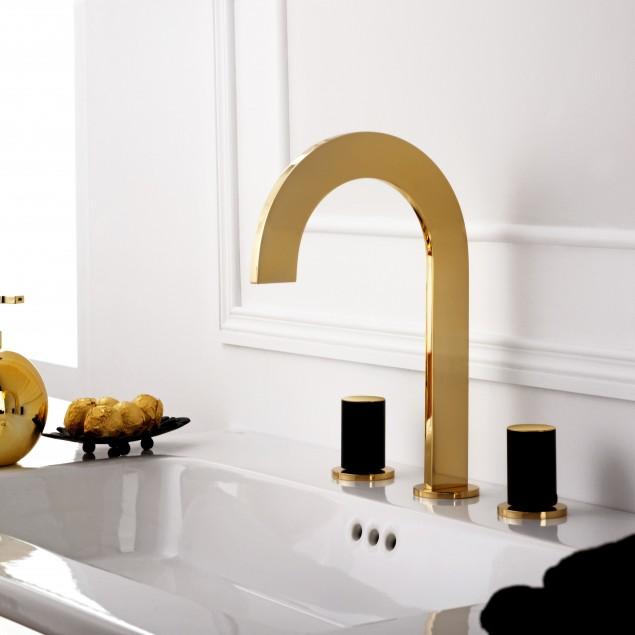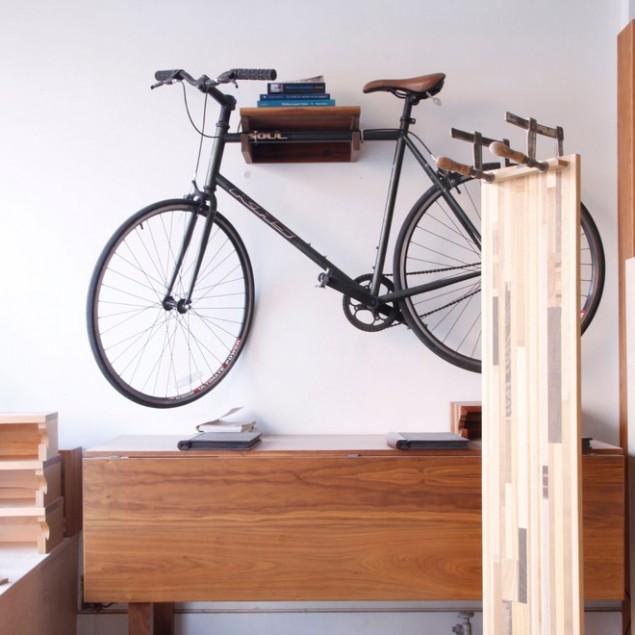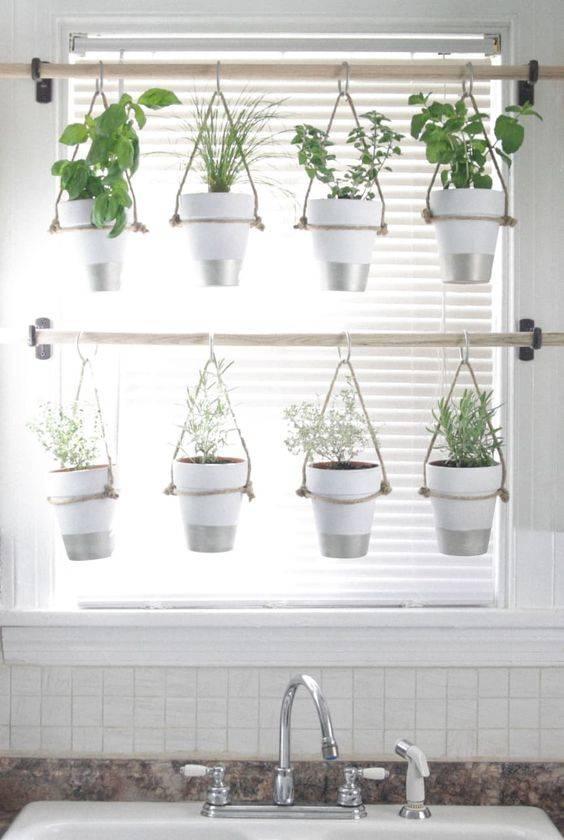Your home should be a haven for your body and your mind, and needless expenditure on heating, cooling and power-hungry appliances can turn your sanctuary into a source of stress. Declutter your monthly outgoings with these 7 top tips to cutting your energy costs and, bonus, making your house more eco-friendly.
Your water heater
Your water heater is the heart of your home comfort all throughout winter and summer so make sure that it’s well cared for and the best heater for your needs. There are plenty of reviews and tips on the best water heaters around on https://waterheaterreviewssite.com so check it out and browse the heater that will reliably power your home.
Your wall colours
If you live somewhere that gets hot and you have a high air conditioning output, then try painting your walls a light colour. White, tan and pale blues and greens work well as reflective surfaces that will trap the cool air inside your house for longer. This is a long term one-time investment that will make your rooms look bigger and help your air coolers work less hard.
Use heat-producing appliances at night
If you are concerned about cooling your house, then use appliances like the dishwasher, the tumble dryer and the oven when it’s dark. Save your heat-output into your home for the coolest part of the day so that your air conditioning units aren’t working double time to cool down the daylight and the ambient heat from the tumble dryer.
Do an air conditioning unit check
When was the last time you checked that the air conditioning unit was clean? Dust and fluff in the unit can lower its efficiency and blockages in the pump will also make it run slower. This is a low expense way of getting more efficiency from your machine.
If your AC is very old then it might be time for an upgrade. Check that the unit is the appropriate size for the room it is cooling, for example, a window unit should only be used to cool a single room. AC units that are very old, for example over 10 years, can be inefficient or degrade over time. It might be time for a long lasting investment.
Curtains, shades and blinds
A lot of heat and cool air escapes via the windows. There are some permanent changes you can make to reduce the energy exchange at this point in your home. A low-cost option is an awning over the outside of the window that will throw shade over the glass so less sunlight can heat up your home in summer. These can be retracted in winter for the opposite effect. Curtains and blinds can also be used in a similar way to maximise your energy efficiency.
If you are interested in knowing more about reducing your energy expenditure via your windows, then read up on how to save energy through plexiglass replacement with normal glass. Windows are an energy weak point so redoing the windows in a different material or glazing can make a huge difference.
Home Insulation
Preventing heat exchange from the inside and outside of your home is at the heart of many energy saving tips. If you are not ready to splash out on new insulation, then check for weaknesses in your current insulation and patch them up. Weather stripping around windows, garage doors and out the roof are key areas where heat can escape.
Hose down the house
On particularly hot days, get out the hosepipe and give the outside of your home a good soaking. The sun will evaporate the water before it heats your home and is a low-cost way to stay cool. Plus, you can have a hose shower and give the lawn a good watering too if you’re in the mood!
If these tips have given you an energy efficiency rush, then check out these tips on how to reduce your home energy costs. Whether your goal is to get off the power grid and produce your own eco-friendly energy or to just save a little on those monthly bills, there are ideas out there for everyone.








